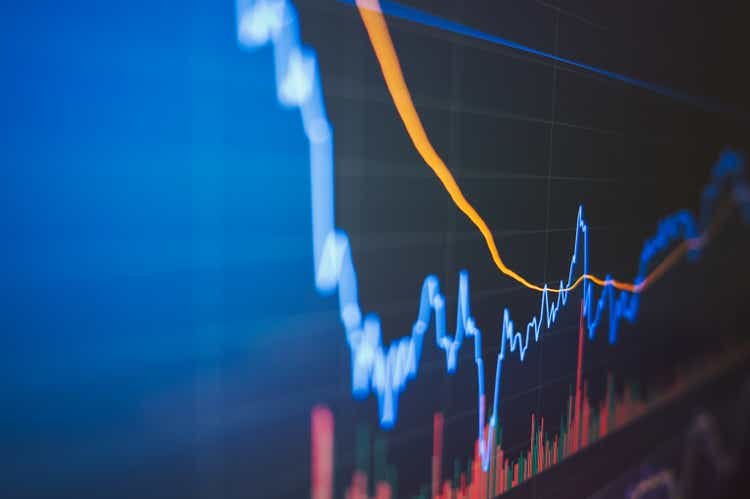September Market Outlook: As August draws to a close with a surprising surge in stock market indices, investors are turning their attention to the looming uncertainties of September. While recent gains have injected a sense of optimism, history and several key factors suggest that the month ahead may be a rollercoaster ride for financial markets.
Amidst the flurry of recent market activity, the FTSE 100 experienced a notable uptick, soaring by 1.72% on Tuesday. As a result, investors found renewed hope in their recent stock acquisitions. This positive trend continued into Wednesday, prompting many to ponder whether September might defy historical trends.
Yet, a cautious sentiment persists due to the well-documented historical data that September tends to be unkind to investors. Going back as far as 1928, Wall Street has seen an average decline of 1.12% over this particular month. The underlying causes of this recurring pattern remain elusive, with speculations ranging from post-vacation selling pressures to more complex market dynamics.
The trajectory of September’s performance often raises questions about its implications for the months ahead. Historically, this month has been viewed as a potential buying opportunity for savvy investors, capitalizing on any dips in the market. However, the road ahead is far from smooth, as October also carries its own historical baggage of market turbulence, including the infamous events of 1907, 1929, and 1987.
Investors are currently fixated on a trifecta of concerns that could shape September’s market narrative. Foremost among them is the trajectory of inflation. Market observers are eagerly awaiting indicators that will shed light on whether inflation will persistently decline, granting central banks like the US Federal Reserve and the Bank of England the leeway to halt rate hikes and potentially consider rate cuts. This shift could alleviate economic pressure on businesses and consumers, stimulating economic growth. However, the path forward remains data-dependent, with the possibility that stubborn inflation could trigger market instability.
The second pressing concern centers around Nvidia, a prominent chip-maker and a flagbearer for the artificial intelligence (AI) revolution. While AI’s transformative potential is widely recognized, the market’s exuberance has led to an abundance of hype. The recent instance of Nvidia announcing doubled profits only to see its share price tumble by 6% underscores the volatility of the tech sector. The company’s towering valuation, at 250 times earnings, leaves it vulnerable to even slight negative developments, raising the specter of contagion that could reverberate through the broader tech landscape.
The third pivotal apprehension pivots towards China, a global economic powerhouse grappling with systemic financial challenges. The $300 billion crisis involving real estate behemoth Evergrande Group has exposed the tip of a vast debt iceberg, casting a shadow over the nation’s $3 trillion shadow banking sector. While Beijing has intervened to curb the crisis’s fallout, questions remain about the potential limits of their intervention.
As the investment community gears up for September, the confluence of these three factors—interest rates, tech sector volatility, and China’s financial landscape—introduces an atmosphere of cautious anticipation. Despite a year marked by market resilience and incremental gains, the prospect of a full-fledged crash looms in the background. As optimism contends with uncertainty, investors are positioning themselves strategically, ready to capitalize on opportunities that emerge or to navigate potential downturns. In the ever-evolving world of finance, September is poised to be a litmus test for the resilience of global markets and the adaptability of investors.
In conclusion, September’s market outlook is characterized by a blend of hope and trepidation, with historical trends, economic indicators, and global events painting an intricate backdrop. As the world watches and waits, the trajectory of financial markets remains uncertain, reminding investors that adaptability and foresight will be their greatest assets in the journey ahead.

